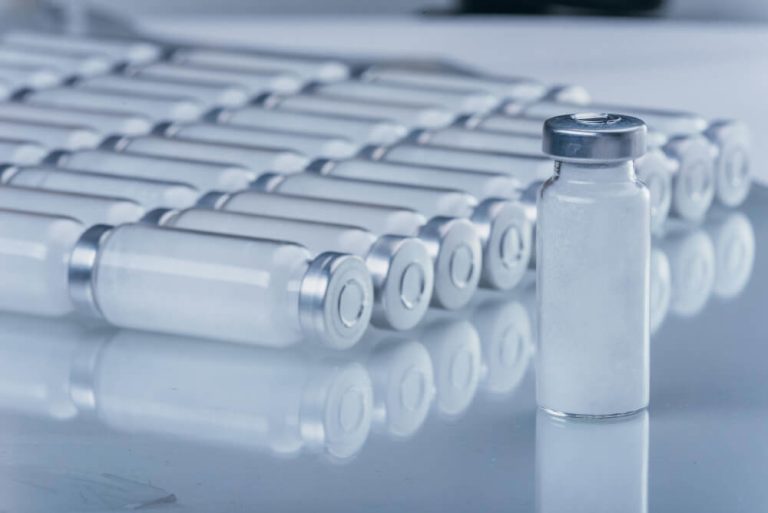Navigating Menopause: Your Ultimate Guide to Training and Thriving
Menopause is a natural and significant transition in a person’s life, yet it often arrives with a host of challenging and confusing symptoms. From unpredictable hot flashes and sleep disturbances to mood shifts and changes in body composition, this phase can feel overwhelming. However, there is a powerful tool at your disposal to not only manage these symptoms but to emerge stronger, healthier, and more vibrant: targeted exercise.
This isn’t just about general fitness; it’s about understanding how your body is changing and adapting your movement accordingly. This specialized approach requires a deeper understanding of the unique physiological shifts occurring during this time. For both individuals seeking empowerment and the healthcare professionals guiding them, dedicated menopause training provides the essential knowledge and protocols to navigate this journey effectively.
By embracing a smart and strategic approach to physical activity, you can reclaim control over your wellbeing. This guide will walk you through why exercise is so critical during menopause, what types of training are most beneficial, and how you can build a sustainable routine that supports you for years to come.

Why is Exercise So Crucial During Menopause?
The menopausal transition is defined by a significant decline in estrogen, a hormone that plays a vital role far beyond reproduction. Estrogen impacts everything from bone density and muscle mass to brain function and metabolic rate. A well-designed exercise program directly counteracts many of the negative effects of this hormonal shift.
Regular physical activity becomes one of your greatest allies in protecting your long-term health. It helps safeguard your heart, strengthen your skeleton, and maintain a healthy metabolism. More than just managing symptoms, it’s a proactive strategy for a longer, healthier life.

Can Exercise Really Help with Hot Flashes and Night Sweats?
It might seem counterintuitive to exercise when you’re already feeling overheated, but research suggests it can make a real difference. Hot flashes, or vasomotor symptoms, are linked to the hypothalamus, the brain’s thermostat, which becomes more sensitive as estrogen levels drop. Regular exercise can help improve your body’s thermoregulatory control.
Consistent physical activity, particularly aerobic exercise, can reduce the frequency and intensity of hot flashes for many people. Furthermore, exercise is a proven mood booster, which can help you cope better with the discomfort and anxiety that often accompany these sudden waves of heat.

What About Weight Management and Metabolism?
Many people notice that maintaining their weight becomes more difficult during menopause. This is due to a combination of factors: a natural slowdown in metabolism, a loss of muscle mass, and an increase in the stress hormone cortisol, which can encourage fat storage around the abdomen. This visceral fat is particularly concerning as it’s linked to a higher risk of cardiovascular disease and type 2 diabetes.
Strength training is the single most effective tool to combat this. Building and maintaining lean muscle mass actively boosts your resting metabolic rate, meaning you burn more calories even when you’re not exercising. This helps shift your body composition away from fat storage and towards a stronger, more metabolically active state.

How Does Movement Affect Mental Health and Mood?
The emotional and cognitive symptoms of menopause can be just as challenging as the physical ones. Brain fog, anxiety, irritability, and depressive moods are common complaints. Exercise is a potent natural antidepressant and cognitive enhancer.
When you engage in physical activity, your brain releases endorphins, which have mood-lifting and pain-relieving effects. It also increases levels of other feel-good neurotransmitters like serotonin and dopamine. This can lead to improved mood, reduced anxiety, and a greater sense of overall wellbeing.
Furthermore, exercise enhances blood flow to the brain, which can help clear away the frustrating brain fog and improve focus and memory. A consistent routine can also significantly improve sleep quality, which has a profound positive impact on both mood and cognitive function.

What Are the Best Types of Exercise for Menopause?
A truly effective menopause training plan is not one-size-fits-all, but it should be built on a foundation of four key pillars: strength training, cardiovascular exercise, flexibility, and balance work. A combination of these elements will provide the most comprehensive benefits for your body and mind.
Your goal is to create a well-rounded routine that addresses bone health, muscle mass, cardiovascular fitness, and mental clarity. Think of it as creating a diverse portfolio of movement that will pay dividends for your health now and in the future.

Why is Strength Training Non-Negotiable?
If you only choose one type of exercise during menopause, it should be strength training. The decline in estrogen accelerates the loss of both bone density and muscle mass, a condition known as sarcopenia. This increases the risk of osteoporosis, fractures, and a general decline in physical capability.
Lifting weights or using your own body weight for resistance places mechanical stress on your bones, signaling them to become stronger and denser. It is the most direct way to combat osteoporosis. Simultaneously, it builds the lean muscle tissue that is essential for a healthy metabolism, stable blood sugar, and overall strength.
Aim for at least two to three sessions per week, focusing on compound movements that work multiple muscle groups at once. Exercises like squats, lunges, push-ups, and rows are incredibly effective. You can use free weights, resistance bands, or machines, but the key is to progressively challenge your muscles.
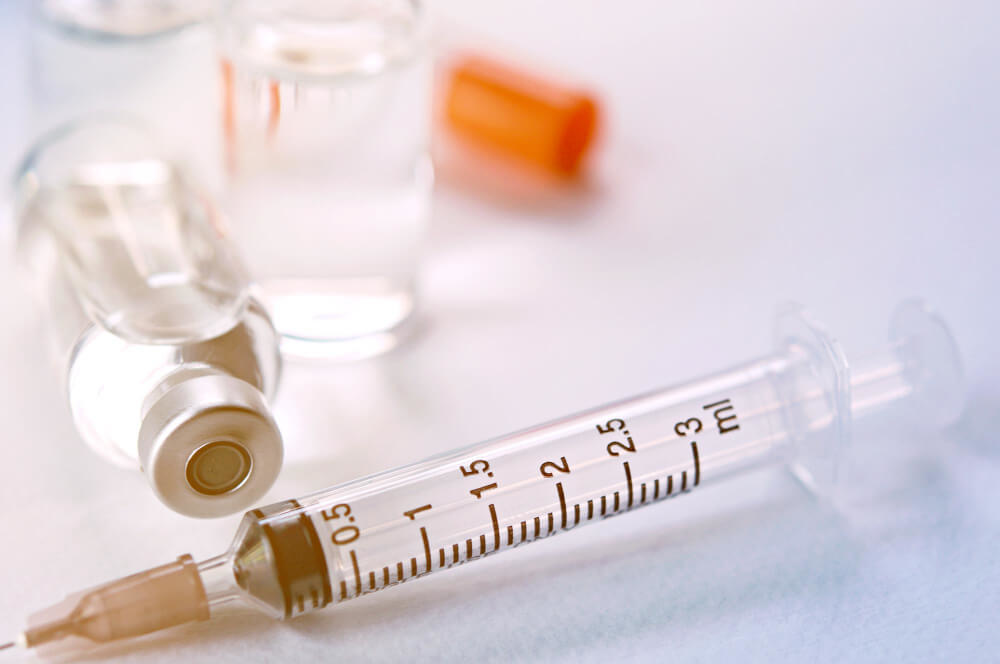
What Kind of Cardiovascular Exercise is Most Effective?
Cardiovascular exercise is essential for heart health, a critical consideration as the protective effects of estrogen on the cardiovascular system diminish. It helps manage blood pressure, improve cholesterol levels, and enhance your body’s ability to use insulin effectively.
A mix of different intensities appears to be most beneficial. Include several sessions of moderate-intensity steady-state cardio per week, such as brisk walking, cycling, or swimming. These activities are great for endurance and can be very meditative. There are many resources that provide a general overview of how exercise can help you through menopause.
In addition, consider incorporating one or two sessions of High-Intensity Interval Training (HIIT). HIIT involves short bursts of all-out effort followed by brief recovery periods. This type of training is incredibly time-efficient and has been shown to be particularly effective at improving cardiovascular fitness and insulin sensitivity.
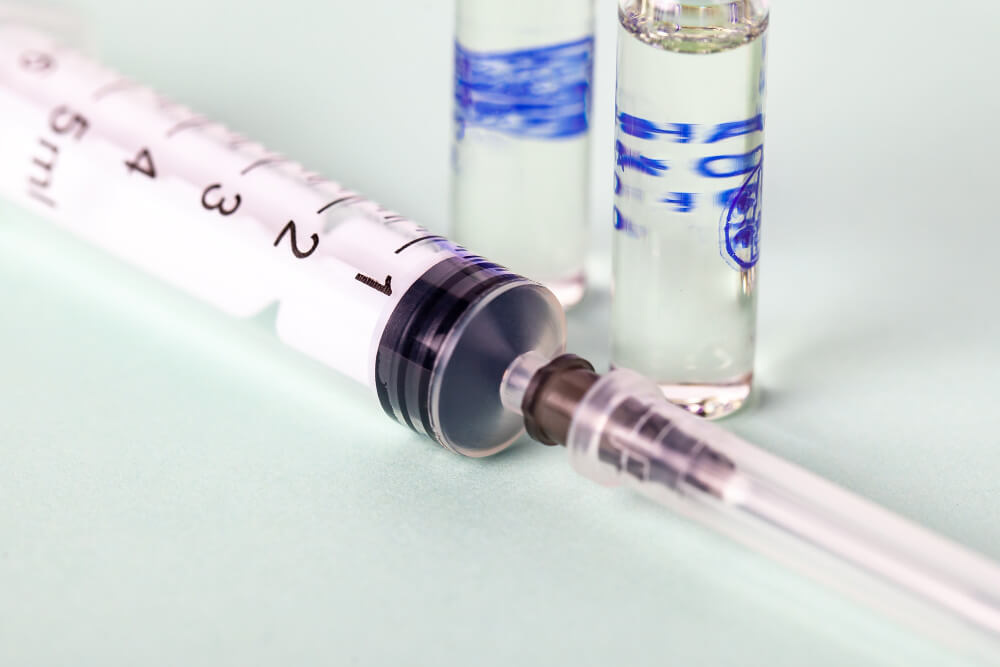
How Can I Improve Flexibility and Balance?
Flexibility and balance often get overlooked, but they are crucial for injury prevention and maintaining mobility as you age. Hormonal changes can lead to stiffer joints and tighter muscles, while a decline in muscle mass can affect your stability. Poor balance increases the risk of falls, which can be especially dangerous if bone density is already compromised.
Activities like yoga and Pilates are excellent because they combine strength, flexibility, and balance work in a single session. Yoga can also be incredibly beneficial for stress reduction and managing anxiety through its focus on breathwork. Simple daily stretching can also go a long way in relieving muscle tension and improving your range of motion. Finding the best exercises to do during menopause often means looking for a combination of activities that you enjoy and that address these core needs.

Is There a Perfect Weekly Exercise Schedule?
The perfect schedule is the one you can stick with consistently. However, a good template to aim for is two to three days of total-body strength training, two to three days of cardiovascular exercise, and incorporating flexibility and balance work whenever possible, even if it’s just for a few minutes each day.
Listen to your body. On days when you feel fatigued, a gentle walk or some stretching might be more appropriate than a high-intensity workout. The key is to stay active in a way that feels supportive, not punishing. For more specific guidance on structuring your workouts, you can explore detailed advice on how to exercise through menopause to create a plan that fits your life.

How Can You Get Started and Stay Motivated?
Knowing what to do is one thing; actually doing it is another. It’s completely normal to face barriers like fatigue, joint pain, or a simple lack of motivation. The secret to long-term success is to start small, be kind to yourself, and build momentum over time.
Focus on progress, not perfection. Every bit of movement counts, and celebrating small wins can help you build the confidence you need to keep going. Remember that you are investing in your future self with every workout.
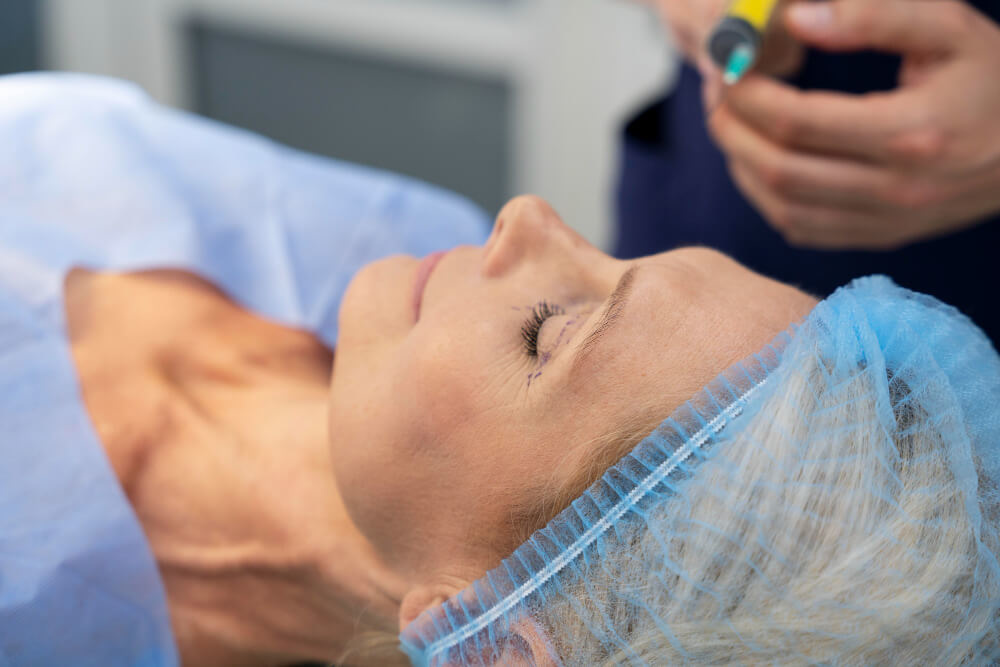
What if I’m a Complete Beginner?
If you are new to exercise, the most important step is simply to start moving. Don’t feel like you need to jump into intense gym workouts right away. Begin with a daily 15-minute walk and gradually increase the duration and pace as you feel more comfortable.
Bodyweight exercises are a fantastic starting point for strength training. You can do squats, wall push-ups, and planks at home with no equipment. The goal is to build a habit of consistent movement. Once that habit is established, you can gradually increase the intensity and variety of your workouts.

How Do I Adapt My Workouts to My Energy Levels?
Menopause symptoms can fluctuate daily, and your energy levels will too. It’s vital to learn to work with your body, not against it. On high-energy days, you might tackle a challenging strength session or a HIIT workout. On low-energy days, honor your body’s need for rest and opt for restorative activities.
A gentle yoga class, a leisurely walk in nature, or a stretching session can be just as beneficial as an intense workout, especially for managing stress and preventing burnout. This approach to ‘training smart’ ensures that exercise remains a positive and sustainable part of your life. An accessible exercise and the menopause factsheet can be a helpful reference for understanding these adaptations.

What Role Does Nutrition Play in Supporting My Training?
Exercise and nutrition are two sides of the same coin. You cannot out-train a poor diet, and proper nutrition is essential to fuel your workouts and support your recovery. During menopause, certain nutrients become even more critical.
Prioritize protein intake to support muscle repair and growth after your strength training sessions. Ensure you are getting enough calcium and vitamin D for bone health, which can be found in dairy products, leafy greens, and fortified foods. Hydration is also key, as it impacts everything from energy levels to joint health. For healthcare professionals who want to provide the best guidance, understanding the intricate relationship between diet and hormonal changes is paramount, and specialized courses on nutritional biochemistry for clinicians offer the in-depth knowledge required.
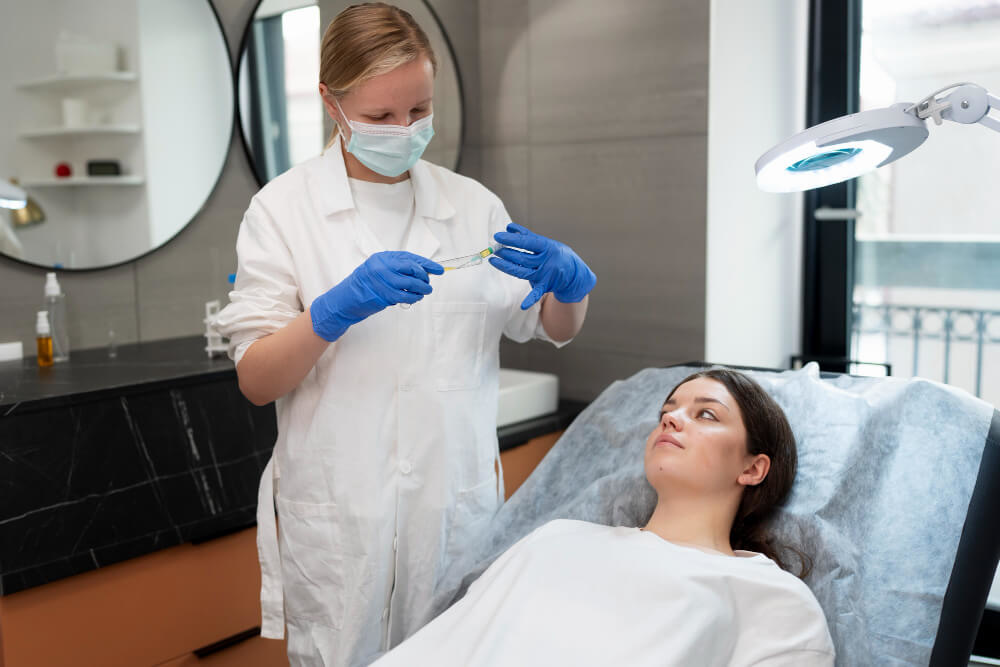
Why is Professional Guidance So Important?
While exercise and nutrition are foundational pillars of a healthy menopause transition, they are part of a larger, holistic picture. Navigating this phase effectively often requires a partnership with a knowledgeable healthcare provider who understands the complexities of midlife health.
Menopause is a medical event that deserves expert medical care. A qualified professional can provide personalized advice, help you understand your options, and ensure you are taking a comprehensive approach to your long-term wellbeing.

How Can a Doctor or Specialist Help?
A doctor who is well-versed in menopause can offer invaluable support. They can help confirm that your symptoms are indeed related to menopause and rule out other potential medical conditions. They can also discuss a wide range of management strategies, from lifestyle interventions to medical treatments.
This is why it is so important for healthcare providers to seek out continuing education in this area. The field of menopause care is constantly evolving, and proper menopause specialist training for GPs ensures that they are equipped with the latest research and best practices to support their patients effectively. An informed doctor can be your most valuable partner in this journey.

What is Menopause Hormone Therapy (MHT)?
For many people, Menopause Hormone Therapy, or MHT, can be a safe and highly effective treatment for managing moderate to severe symptoms. MHT works by replacing the hormones that your body is no longer producing, primarily estrogen, which can provide significant relief from hot flashes, night sweats, vaginal dryness, and mood swings. It can also offer long-term protection for bone and heart health.
The decision to start MHT is a personal one and should be made in close consultation with a healthcare provider who can assess your individual health profile and risk factors. Understanding the nuances of treatment is critical, and clinicians often rely on evidence-based guidelines for MHT initiation to ensure they are providing the safest and most effective care. Having an open and informed conversation with your doctor can help you decide if MHT is the right choice for you.
Menopause is not an end but a powerful new beginning. By embracing targeted training and seeking expert guidance, you can not only manage the challenges but also build a foundation of strength, health, and vitality that will serve you for the rest of your life. It’s a time to invest in yourself and redefine what it means to age with power and grace.
Frequently Asked Questions
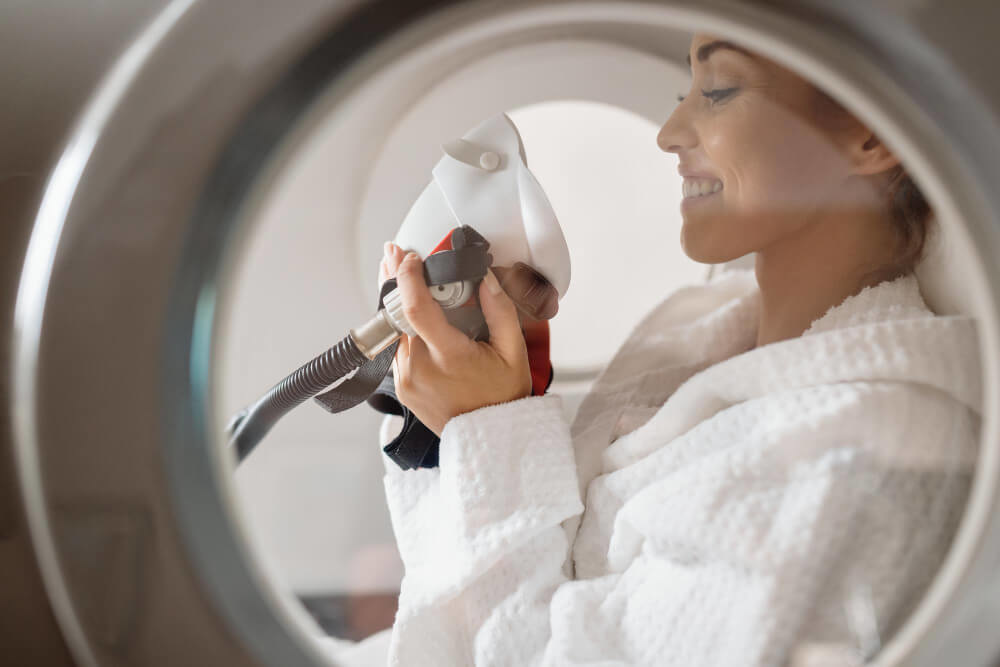
How do I know which non-hormonal treatment is the right choice for me?
Choosing the right non-hormonal treatment is a highly personal decision that should be made in consultation with your healthcare provider. The best option depends on several factors, including the frequency and severity of your symptoms, your overall health history, and any other medications you are taking. Your doctor can help you navigate the choices, from prescription medications to lifestyle adjustments.
Your physician will discuss the pros and cons of each approach as it relates to your specific situation. For example, they will weigh the proven efficacy of an SSRI against its potential side effects and compare that to other options like cognitive behavioral therapy or dietary supplements. This collaborative process ensures you receive a personalized treatment plan tailored to your needs and preferences.
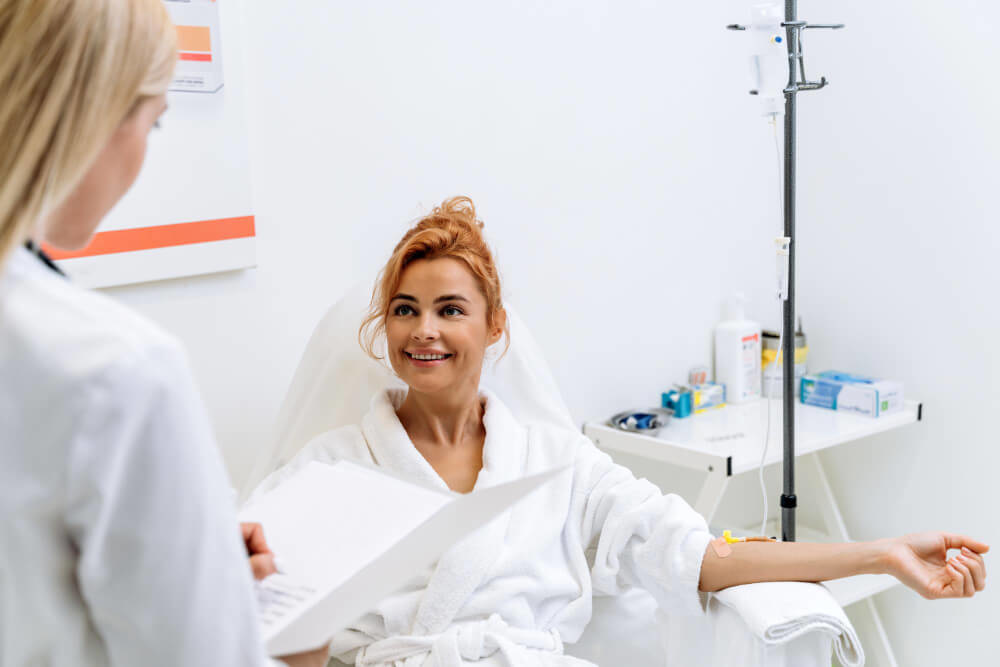
Are there any side effects associated with prescription non-hormonal medications?
Yes, like all prescription drugs, non-hormonal medications for vasomotor symptoms do have potential side effects. For example, low-dose antidepressants like SSRIs or SNRIs may cause initial side effects such as nausea, dizziness, or dry mouth, though these often lessen over time. It is crucial to be aware of these possibilities before starting a new medication.
Other options, such as gabapentin or clonidine, come with their own distinct side effect profiles, which can include drowsiness or a drop in blood pressure. Your doctor will select a medication and starting dose specifically to minimize these risks for you. Openly communicating any side effects you experience is essential for making any necessary adjustments to your treatment plan for optimal safety and comfort.

How effective are lifestyle changes alone for managing severe hot flashes?
For individuals experiencing mild to moderate hot flashes, lifestyle modifications can be remarkably effective and are often recommended as a first step. Strategies like dressing in layers, avoiding triggers such as caffeine and spicy foods, and maintaining a healthy weight can significantly reduce symptom frequency. Furthermore, incorporating stress-management techniques like deep breathing or mindfulness can help manage the body’s response.
However, for those with severe or debilitating vasomotor symptoms, lifestyle changes alone may not provide adequate relief. While these habits are still highly beneficial and should be part of any management plan, they often need to be paired with a prescription treatment for more robust control. A thorough discussion about your symptom severity with a healthcare professional will clarify whether a combined approach is the most effective path forward.
Discover the most comprehensive functional medicine training, longevity training, and biohacking certification programs designed specifically for healthcare professionals, medics, and clinic owners who want to master regenerative medicine protocols and anti-aging therapies.




